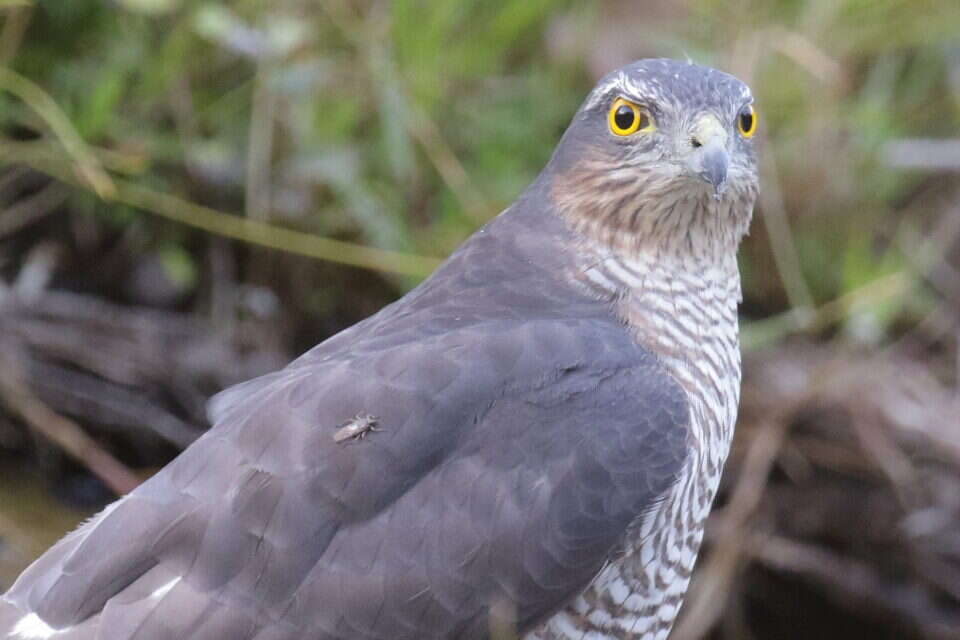In recent years, the common hawk has become a permanent resident of Kiryat HaLeum in Jerusalem and the Knesset grove in particular.
Last Saturday, Nitza was spotted with a covert and surprising passenger on her body - a parasite fly known as Ratzgolam who "caught a ride" on her feathers.
"Herzgolam is a parasitic fly that feeds on the blood of birds. Its special structure allows it to infiltrate between feathers, where it enjoys climatic insulation and perfect humidity conditions," explains Amir Balaban, director of urban nature at the Society for the Protection of Nature.
The parasite spawns only a single fly,
He said: "The flies do not lay eggs but spawn a lone fly, which descends from the bird and waits in ambush in the nest. This explains why hawks in particular and birds in general invest so much effort in combing feathers and discriminating against parasites."
Earlier this year, a pair of hawks from Kiryat HaLeum flowered four chicks - one was trapped in the inner courtyard of the Mishkan, rescued and later found dead in the nearby Sucker Garden.
Another female, a female, was found dead in pursuit of an Indian maiden, when the rapist and the driver collided with a glass wall in the Knesset parking lot.
Two florists are still in the field, hunting and bathing regularly in the Neiman Pool at the Nili and David Jerusalem Bird Research Station of the Society for the Protection of Nature, near the Knesset.
Balavan: "" After the nesting season, the station area becomes a hunting site sought after by hawks ", Amir Balavan, the Society for the Protection of Nature
Speaking about the environment of the hawks' lives, Balban said: "After the nesting season, the station area, which is well-kept for the birds and the residents of the city, becomes a hunting site sought after by hawks. "Birds of prey, especially migratory migratory birds, are the favorite food of common hawks and these are found in the area among the station trees. After every meal, hawks look for a source of water for drinking and thorough bathing. The pool built at the station serves as a permanent bathing site."

